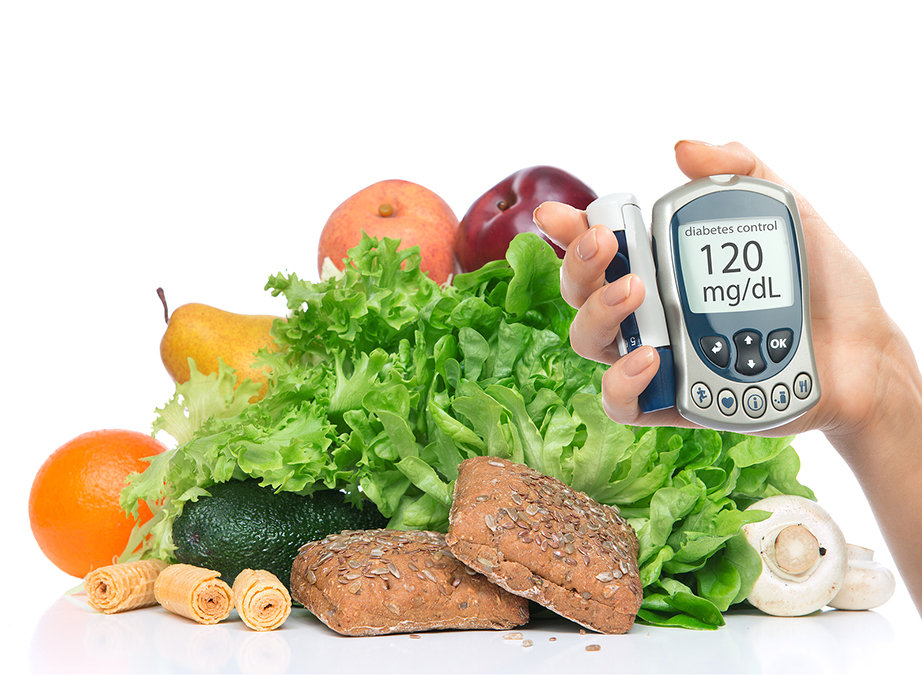 Fact: What we eat affects blood sugar and type 2 diabetes.
Fact: What we eat affects blood sugar and type 2 diabetes.
Confusion: Every ‘expert’ seems to have their own idea on what to eat to manage type 2 diabetes in the most effective way.
Solution: A new study published in Lancet Diabetes & Endocrinology compared two (seemingly contradicting) diets and found that both were effective to manage type 2 diabetes.
In 2019, the World Health Organization published a recommendation report in which it suggested that we should eat fiber and whole grains to prevent and manage diabetes and heart disease. Simultaneously, it claimed that GI and GL had no effect on them.
This struck the authors of the new study as strange, since many low GI and low GL foods happen to be high in fiber. So, they set out to investigate whether low GI and low GL diets work as well as a high fiber and whole grain diet to tackle diabetes and heart disease.
“GI” stands for Glycemic Index, and “GL” stands for Glycemic Load. Both are measures used to evaluate how different foods affect blood sugar levels.
To find out, they carried out an analysis of already published studies with more than 100,000 participants each. All of them investigated the relationship between GI and GL diets and diabetes and some other chronic conditions.
The participants’ average age was 56 years, and they were followed for an average of 12.6 years to see which conditions they would develop.
These were the findings:
-
1. Eating foods with a high GI was linked to a 27% increased risk of diabetes, a 15% higher risk of heart disease, a 5% greater risk of diabetes-related cancer, and an 8% increased risk of dying from any cause.
2. Similar results were observed for foods with a high GL, showing a 15% increased risk for both diabetes and cardiovascular disease.
3. The benefits of eating a diet low in GI, but not low in GL, were similar to the benefits of consuming more fiber and whole grains.
Therefore, both high GI and high GL diets are bad, but only low GI diets are as good as diets high in whole grains and fiber to combat diabetes and heart disease.
So, what are GI and GL?
GI (Glycemic Index) measures how quickly foods cause blood sugar levels to rise after eating them. Foods with high GI values raise blood sugar quickly, while those with low GI values have a slower effect.
GL (Glycemic Load) takes this a step further by considering both how much carbohydrate is in a serving of food and how quickly it raises blood sugar levels.
For example, a watermelon is high in GI because its carbs raise our blood sugar quickly. But it is low in GL because it contains fairly little carbs.
This means that you should eat whole grains, fiber, and other foods low on the glycemic index.
Such foods include vegetables like the leafy green ones, broccoli, mushrooms, cauliflower, celery, winter squash, yams, zucchini, and corn.
They also include berries, apples, pears, apricots, peaches, plums, tomatoes, bell peppers, legumes, meat, eggs, dairy, nuts, seeds, whole grains, and vegetable oils.
Candy, instant cereals, instant pasta, potatoes, chips, crackers, and pastries made from white flour should definitely be off your grocery list.

 Overcoming IBD
Overcoming IBD Multiple Sclerosis
Multiple Sclerosis Banishing Bronchitis
Banishing Bronchitis Gum Disease Gone
Gum Disease Gone Overcoming Onychomycosis
Overcoming Onychomycosis Neuropathy No More
Neuropathy No More The Prostate Protocol
The Prostate Protocol Brain Booster
Brain Booster
 Ironbound
Ironbound
 Solution for Shingles
Solution for Shingles
 The Bone Density Solution
The Bone Density Solution
 The Ultimate Healing Protocol
The Ultimate Healing Protocol
 The Parkinson's Protocol
The Parkinson's Protocol
 The Chronic Kidney Disease Solution
The Chronic Kidney Disease Solution
 Overthrowing Anxiety
Overthrowing Anxiety The Fatty Liver Solution
The Fatty Liver Solution The Hypothyroidism Solution
The Hypothyroidism Solution
 The End of Gout
The End of Gout The Blood Pressure Program
The Blood Pressure Program
 The Oxigized Cholesterol Strategy
The Oxigized Cholesterol Strategy
 Stop Snoring And Sleep Apnea Program
Stop Snoring And Sleep Apnea Program
 The Arthritis Strategy
The Arthritis Strategy The Vertigo & Dizziness Program
The Vertigo & Dizziness Program The 3-Step Diabetes Strategy
The 3-Step Diabetes Strategy Hemorrhoids Healing Protocol
Hemorrhoids Healing Protocol The Erectile Dysfunction Master
The Erectile Dysfunction Master Weight Loss Breeze
Weight Loss Breeze The IBS Program
The IBS Program The Insomnia Program
The Insomnia Program The Migraine and Headache Program
The Migraine and Headache Program The Neck Pain Solution
The Neck Pain Solution The Menopause Solution
The Menopause Solution The Ejaculation Master
The Ejaculation Master The TMJ Solution
The TMJ Solution The Acid Reflux Solution
The Acid Reflux Solution The Fibromyalgia Solution
The Fibromyalgia Solution The Psoriasis Strategy
The Psoriasis Strategy